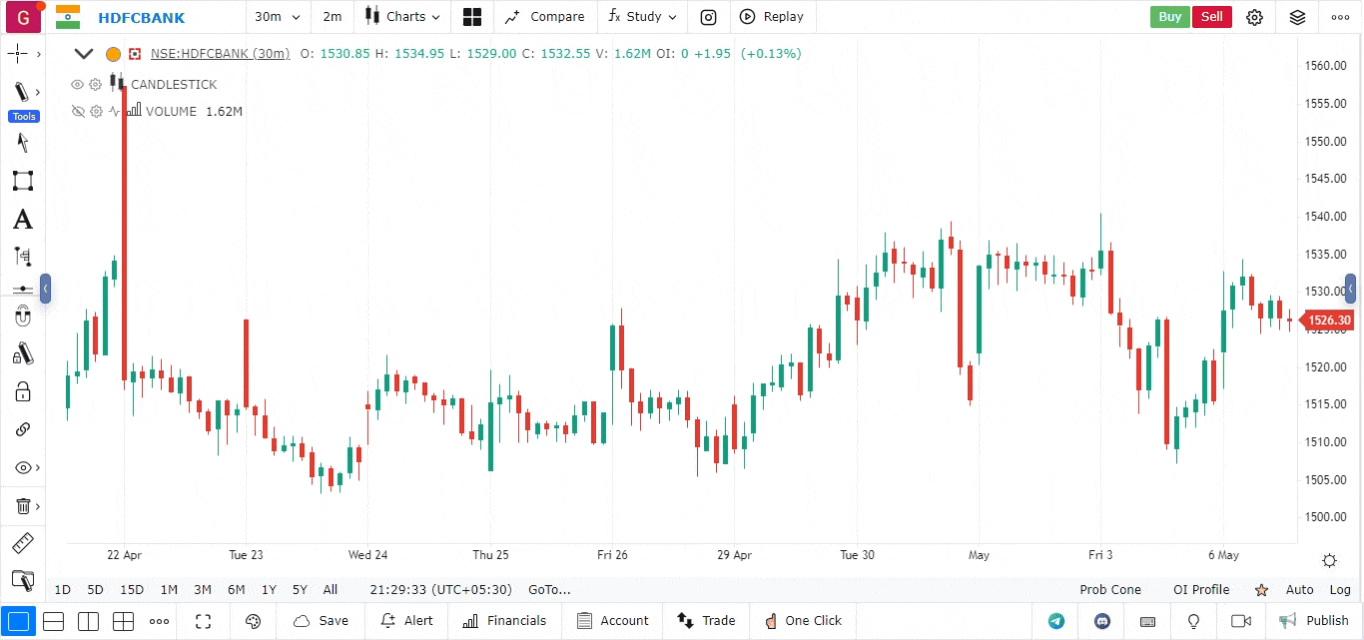Guppy Oscillator
The Guppy Oscillator is a technical analysis indicator that helps traders identify the strength and direction of a trend by analyzing the relationship between short-term and long-term moving averages. Developed by trader and author Daryl Guppy, this oscillator is particularly useful for capturing shifts in market momentum and for spotting potential entry and exit points.
Overview of Guppy Oscillator
The Guppy Oscillator is derived from the Guppy Multiple Moving Average (GMMA) indicator, which consists of two sets of moving averages: one for short-term trends and one for long-term trends. The oscillator measures the difference between the two sets, providing insight into market momentum.
Key Features of the Guppy Oscillator
- Trend Identification: The Guppy Oscillator helps traders identify whether the market is in an uptrend, downtrend, or consolidation phase by analyzing the relationship between short-term and long-term moving averages.
- Momentum Measurement: By evaluating the distance between the two moving average sets, the oscillator indicates the strength of the current trend.
- Customizable Settings: Traders can adjust the periods for the short-term and long-term moving averages to tailor the oscillator to their specific trading strategies.
How to Use Guppy Oscillator
- Open the platform:
- Log in to your account.
- Load the chart for the asset you want to analyze.
- Select the Timeframe:
- Choose a suitable timeframe that fits your trading style (e.g., daily, hourly).
- Add the Guppy Oscillator:
- Go to the Indicators section in the platform interface.
- Search for Guppy Oscillator.
- Click to add the indicator to your chart, which will typically appear as a line graph below the price chart.

- Interpret the Indicator:
- The Guppy Oscillator will display as a line oscillating above and below a zero line.
- Positive values indicate that the short-term moving averages are above the long-term moving averages, suggesting bullish momentum.
- Negative values indicate that the short-term moving averages are below the long-term moving averages, suggesting bearish momentum.
- Make Trading Decisions:
- Buy Signal: When the Guppy Oscillator crosses above the zero line, it may suggest a shift to bullish momentum, indicating a potential buying opportunity.
- Sell Signal: When the oscillator crosses below the zero line, it may indicate a shift to bearish momentum, suggesting a potential selling opportunity.
- Combine with Other Indicators:
- Use the Guppy Oscillator alongside other technical indicators (like MACD, RSI, or volume indicators) for better confirmation of trading signals.